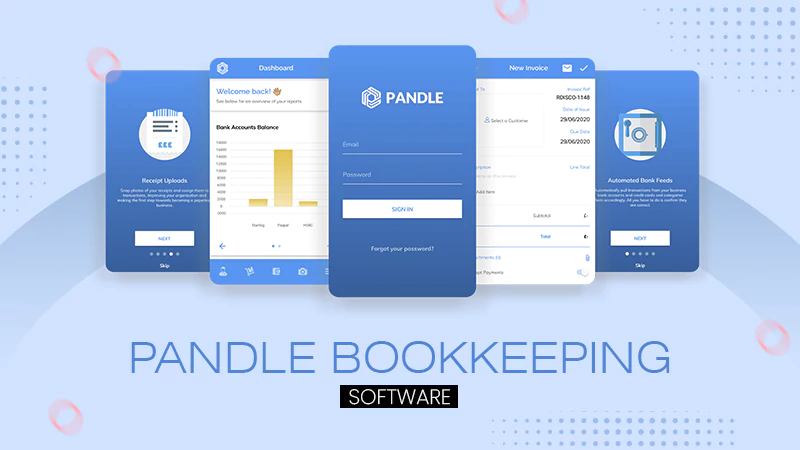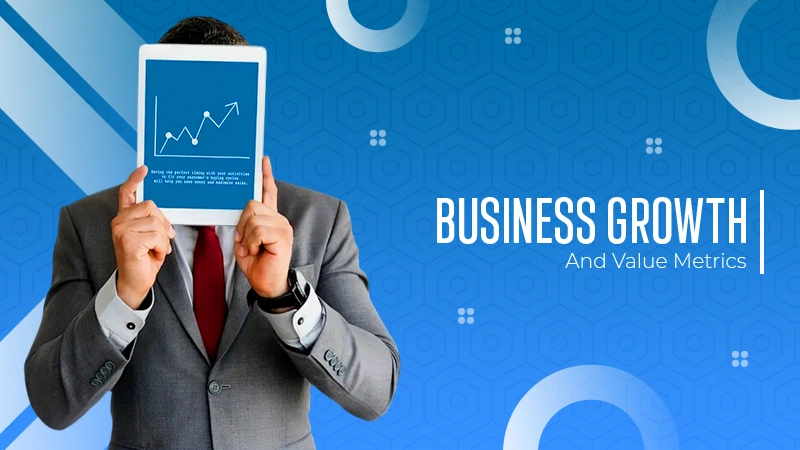Digital assets continue to gain momentum as more people explore new ways to diversify their portfolios and secure long-term growth. From cryptocurrencies to tokenized assets and blockchain-based projects, the digital landscape offers countless opportunities.
The same qualities that make this market exciting, rapid innovation, volatility, and global accessibility, also introduce unique risks. Smart investing requires patience, research, and a clear understanding of how digital assets behave. With the right mindset and strategy, even beginner investors can navigate this fast-moving arena with confidence.

Staying Informed Through Reliable Market Updates and Research
Knowledge remains the most powerful tool for anyone entering the digital asset space. The market moves quickly, with new developments emerging almost daily. Investors benefit from staying informed through trustworthy sources, industry experts, and analytical tools. Following regulatory updates, project announcements, and market trends helps you avoid impulsive decisions based on hype or speculation.
Many investors rely on consistent updates to understand price movements and project fundamentals. Some follow platforms that share insights, charts, and reports. For example, Zoomex news or another crypto information source can provide helpful summaries that keep you aware of shifting conditions. Access to real-time updates makes it easier to anticipate changes, adjust strategies, and identify opportunities early.
Building a Diversified Portfolio That Matches Your Risk Level
Diversification plays an important role in managing risk across any investment portfolio, but it is useful in digital asset markets. Since cryptocurrencies can fluctuate widely within short periods, spreading your investments across multiple assets helps reduce the impact of downturns in any single project. Diversifying across sectors, such as decentralized finance, gaming tokens, smart contract platforms, and stablecoins, creates balance and minimizes exposure to extreme volatility.
For beginners, starting with well-established assets offers greater stability. These include cryptocurrencies with strong community support, active development, and a proven track record. As confidence and experience grow, you can gradually expand into emerging projects that offer higher potential rewards but come with increased risk.
Understanding Market Volatility and Managing Emotions
Volatility is a key characteristic of digital assets. Prices can swing dramatically within hours, often influenced by global events, regulatory updates, or major project news. Smart investors learn how to navigate these movements without reacting emotionally. Emotional decisions, driven by fear or excitement, often lead to buying high and selling low, which reduces long-term gains.
Setting clear rules helps reduce emotional choices. For example, decide ahead of time how much you want to invest, the price ranges you consider acceptable, and the triggers for taking profits or reducing exposure. Automated tools such as stop-loss and limit orders offer extra support by managing trades even when you are not watching the market.
Thinking long-term reduces stress. Instead of focusing solely on daily price changes, evaluate whether the underlying project continues to grow, innovate, and gain adoption. This perspective helps you stay grounded during volatile periods.
Prioritizing Security and Responsible Storage Practices
Security remains one of the most important aspects of digital asset investing. Unlike traditional bank accounts, crypto holdings require active protection. Using secure platforms, enabling multi-factor authentication, and staying alert to phishing attempts help safeguard your investments.
Choosing the right wallet type is equally important. While exchange wallets offer convenience, they rely on third-party security. Hardware wallets, offline devices that store private keys, provide stronger protection and significantly reduce the risk of hacking. Many investors use a combination of wallets to balance security with accessibility.
Backing up recovery phrases and storing them in safe, offline locations prevents permanent loss of access. Responsible management of personal information and login credentials adds another layer of protection.
Evaluating Project Utility and Long-Term Value
Successful digital asset investing goes beyond tracking prices. Understanding a project’s real-world purpose, technology, and growth potential is essential. Ask key questions to evaluate long-term value:
- Does the asset solve a real problem?
- Is there strong demand for its functionality?
- Does the development team have a proven track record?
- Is the project transparent about progress and roadmaps?
Projects with strong utility, such as those used in decentralized finance, digital identity, supply chain systems, or gaming ecosystems, often show greater resilience during market downturns. They grow as their user base expands and new applications emerge.
Evaluating partnerships, network activity, and community engagement further clarifies the project’s momentum. Transparency and steady development updates indicate a team committed to long-term success.
Adopting a Disciplined, Long-Term Approach
Digital asset investing rewards consistency. A disciplined approach, such as dollar-cost averaging, helps smooth out the effects of volatility by investing fixed amounts at regular intervals. This strategy removes the pressure of trying to time the market perfectly.
Reviewing your portfolio periodically ensures your investments stay aligned with your goals. Adjusting allocations, rebalancing, or taking profits when necessary helps maintain stability and growth.

With research, patience, and smart decision-making, digital assets can become a valuable part of your financial strategy. By staying informed, prioritizing security, and investing responsibly, you can navigate the evolving crypto landscape with clarity and confidence.
- Staying Informed Through Reliable Market Updates and Research
- Building a Diversified Portfolio That Matches Your Risk Level
- Understanding Market Volatility and Managing Emotions
- Prioritizing Security and Responsible Storage Practices
- Evaluating Project Utility and Long-Term Value
- Adopting a Disciplined, Long-Term Approach





